ID-DOC: general search
Here you can enter a general keyword and perform a general search.
??? What are these question marks doing here? These represent tools which we know by a Dutch or French term, but for which we couldn't find a proper English term. Suggestions are always welcome!
If you cannot find a certain tool, or if you experience other problems with this page, please let us know at info@mot.be.
Search for: tool
Showing search results 1 - 50
1,386 results found
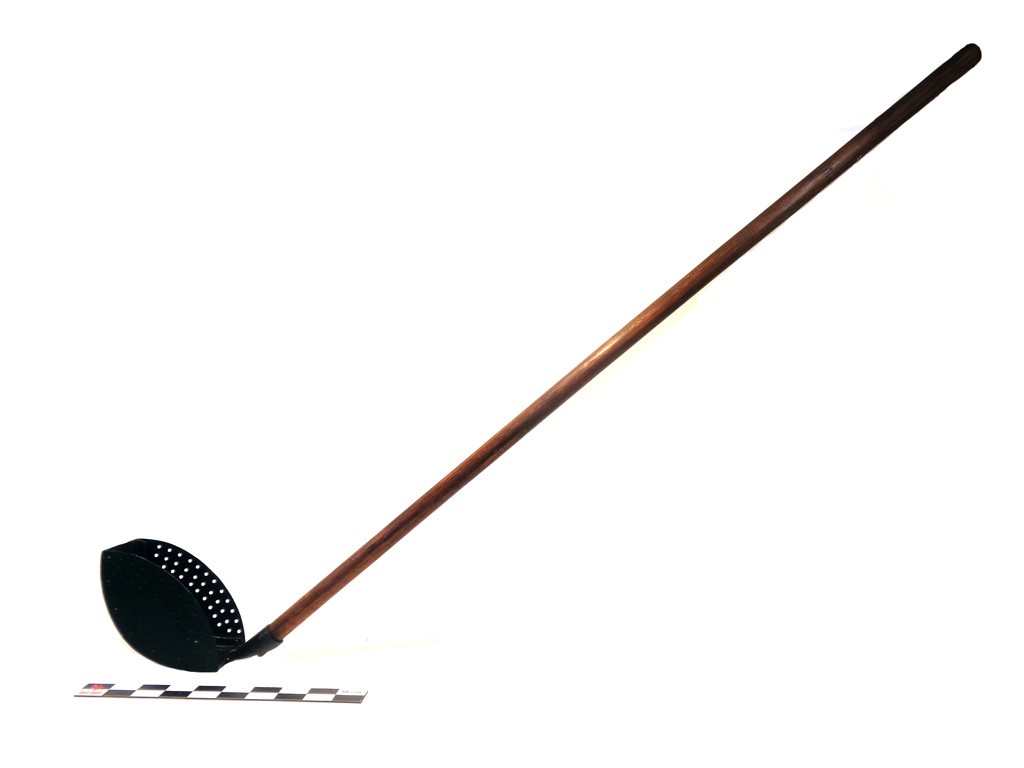
???
This text can only be consulted in Dutch
<https://www.mot.be/resource/Tool/kolkschep?lang=nl>
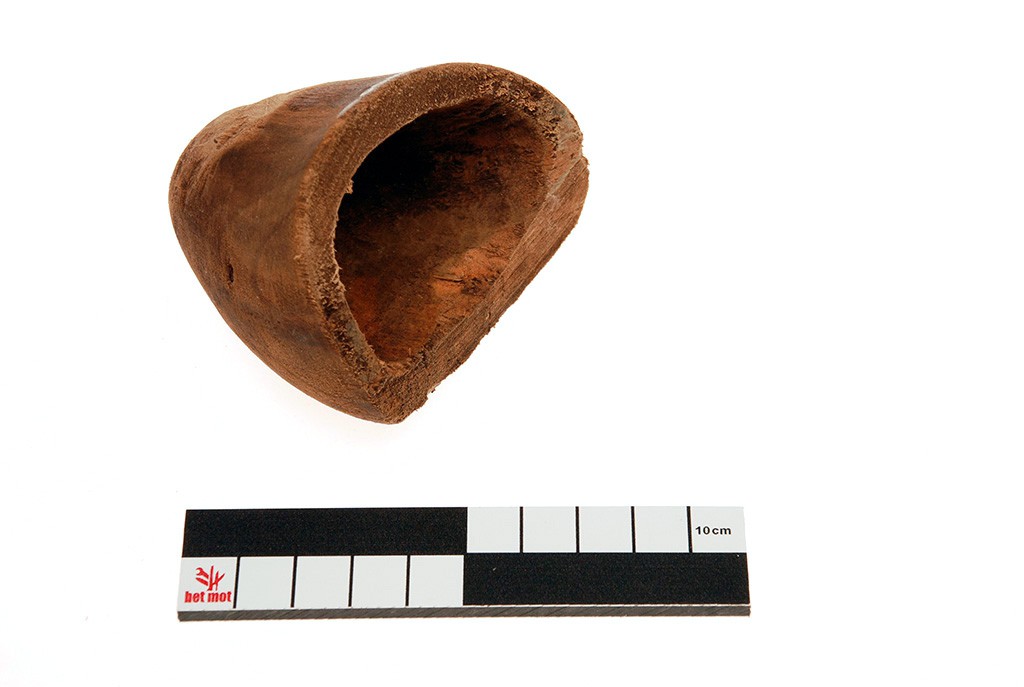
???
This text can only be consulted in Dutch
<https://www.mot.be/resource/Tool/teelklompje?lang=nl>
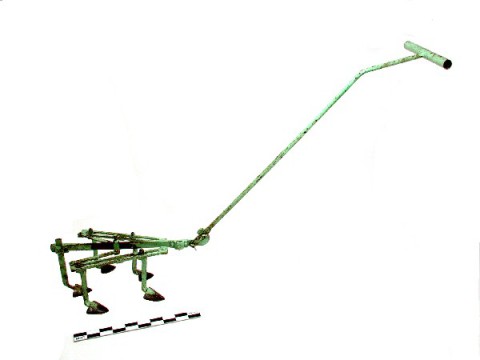
???
With the manually pulled trail cultivator (1), the soil is lifted up to a
fairly great depth (approx. 7-15 cm) and opened up and the weeds growing on
it are loosened. It is also used to break clods. The working part, usually
adjustable in width, consists of an odd number of curved iron teeth with a
triangular point. It is screwed to an iron handle of approx. 120 cm, the
end of which (approx. 25 cm) is bent and has a crossbar (approx. 35 cm).
See also the hand cultivator. [MOT] (1) There are also trailed cultivators
that are pulled by a horse.
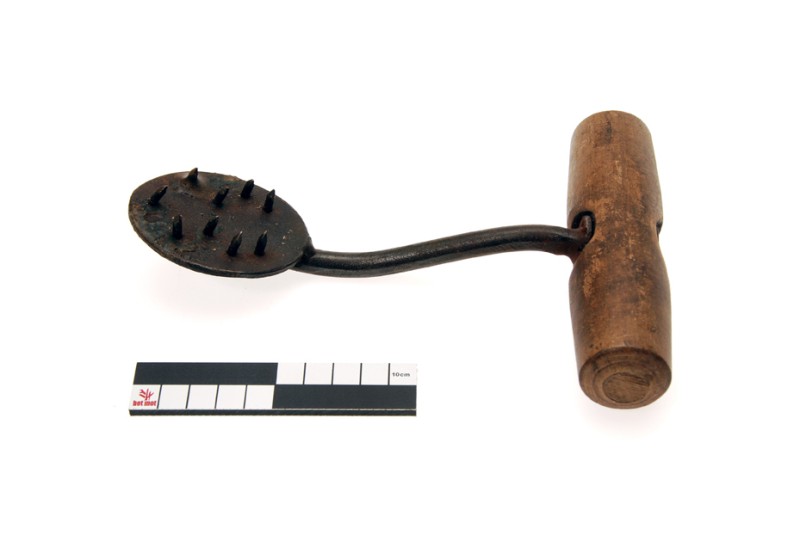
???
Light hand hook with a series of short teeth on a plate of about 4-6 cm.
The jute or wood handle may or may not be perpendicular to the working
part. This hook moves "most bagged goods, except more refined sugar, fine
seeds, ground pumice, fine sulfur and similar goods" (1). See also the
cotton hook. [MOT] (1) JANSE: 27.
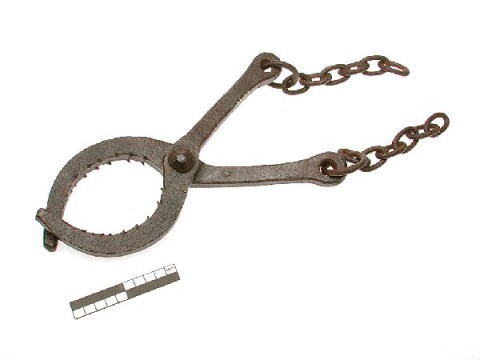
???
These wrought iron pliers are used to pull out posts. In hop cultivation,
this tool is used in combination with a lever to pull the stakes out of the
ground every year. To be distinguished from the stone cutter's scissors.
See also this associated tool. [MOT]
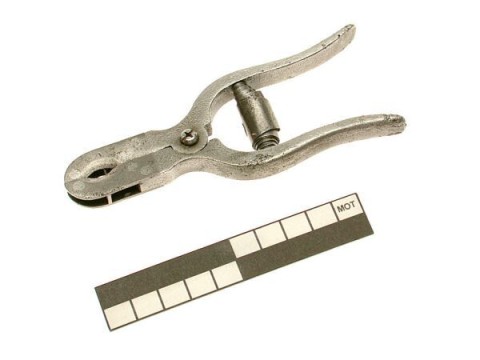
???
This text can only be consulted in Dutch
<https://www.mot.be/resource/Tool/1020?lang=nl>
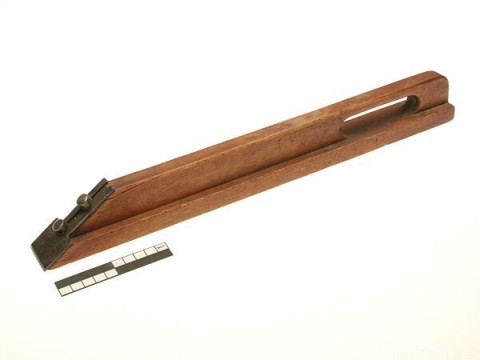
???
This text can only be consulted in Dutch
<https://www.mot.be/resource/Tool/1040?lang=nl>
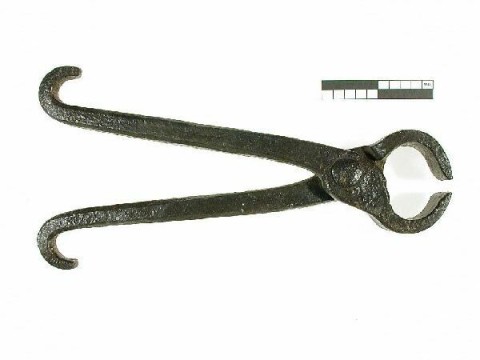
???
This text can only be consulted in Dutch
<https://www.mot.be/resource/Tool/249?lang=nl>
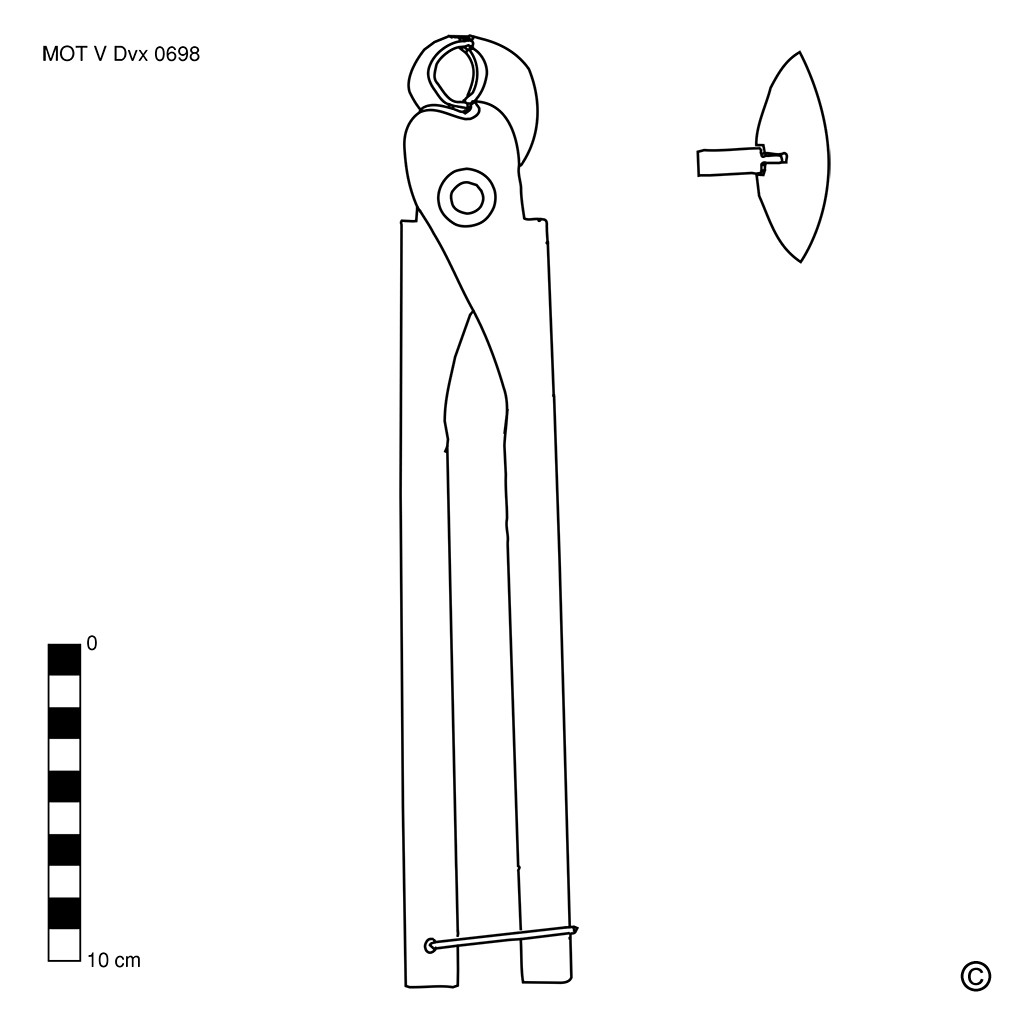
???
This text can only be consulted in Dutch
<https://www.mot.be/resource/Tool/251?lang=nl>
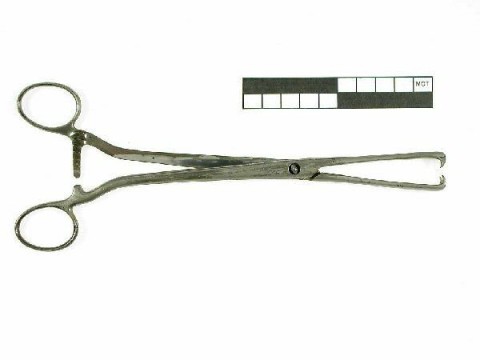
???
During surgery, the doctor can pull certain parts of the body towards him
with these claw forceps. The jaws end in sharp inward-facing hooks that
interlock like two teeth. Often these pliers can be locked in different
positions by means of a bracket and hooks. The two parts can be easily
separated for cleaning. [MOT]
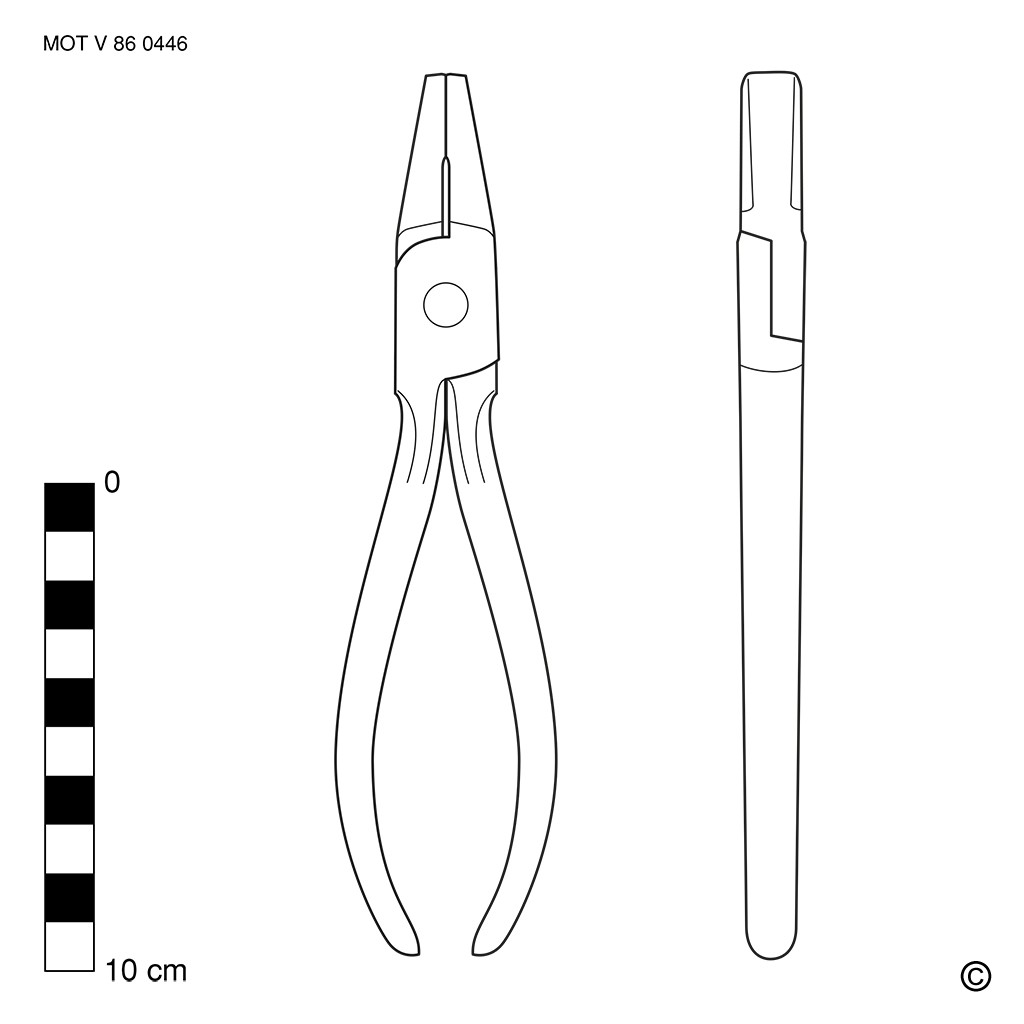
???
This text can only be consulted in Dutch
<https://www.mot.be/resource/Tool/312?lang=nl>
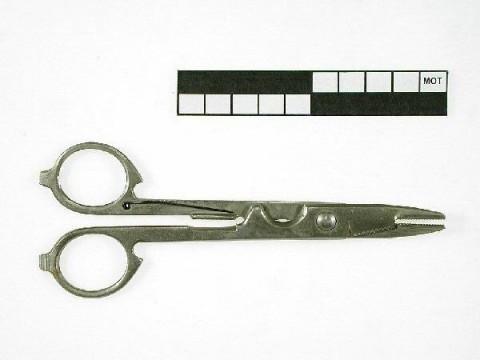
???
This text can only be consulted in Dutch
<https://www.mot.be/resource/Tool/309?lang=nl>
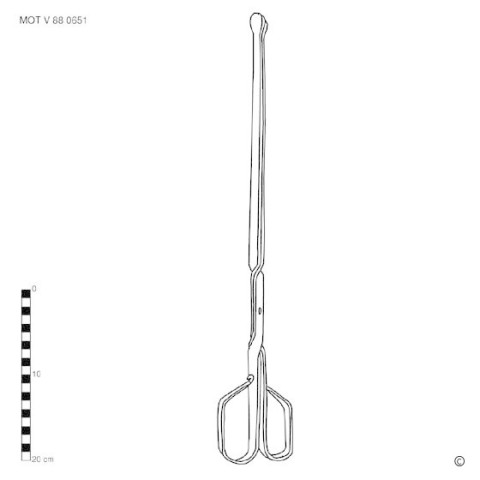
???
This text can only be consulted in Dutch
<https://www.mot.be/resource/Tool/218?lang=nl>
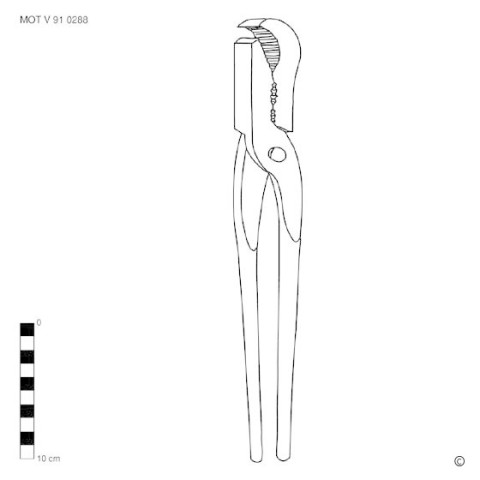
???
This text can only be consulted in Dutch
<https://www.mot.be/resource/Tool/222?lang=nl>
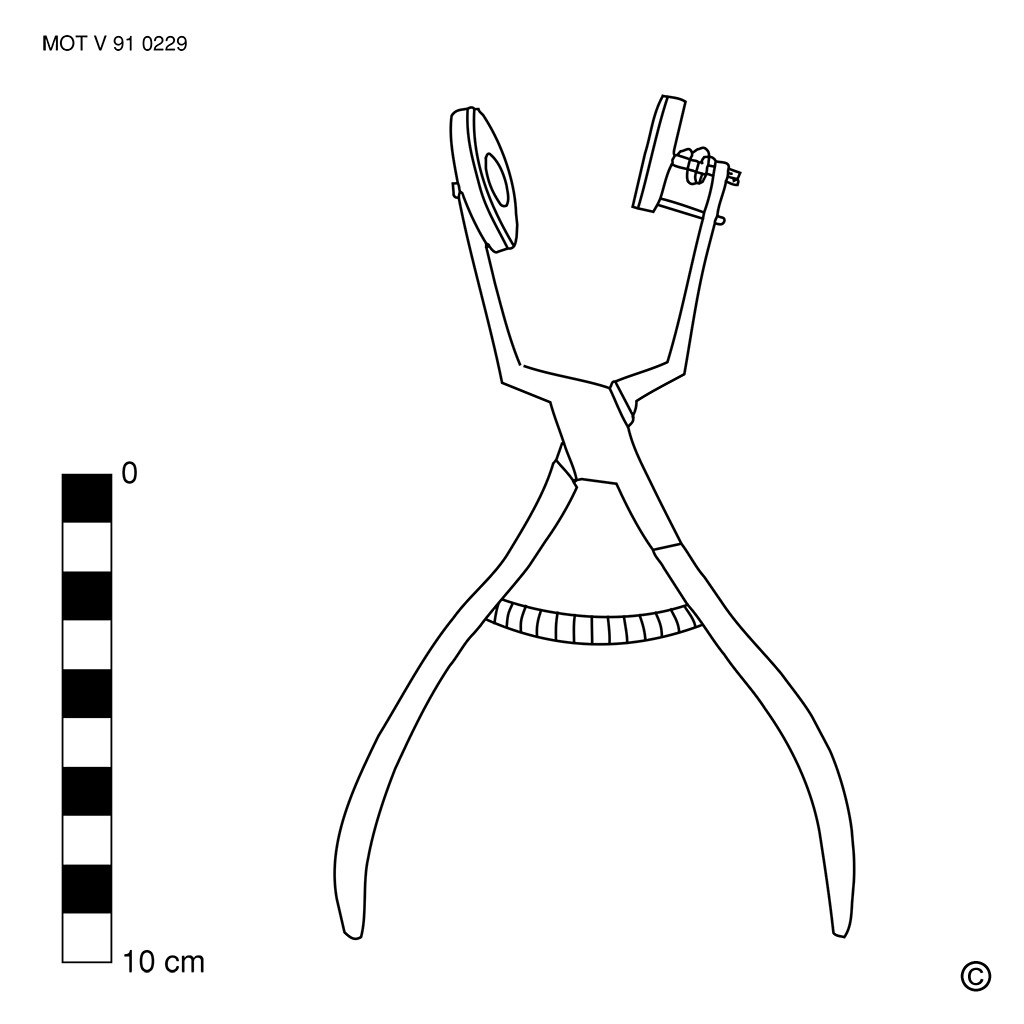
???
The optician can easily hold spectacle lenses with these spectacle forceps.
The jaws consist of two round plates, which are covered with rubber on the
inside. This way, the glasses are not damaged and you have a better grip on
them. One jaw is mounted on a spring, so that the pressure is applied more
gently to the glass. This jaw can also move slightly up or down. The other
jaw is slightly larger and hollow on the inside for the convex side of the
glass. A spring opens the pliers automatically. [MOT]
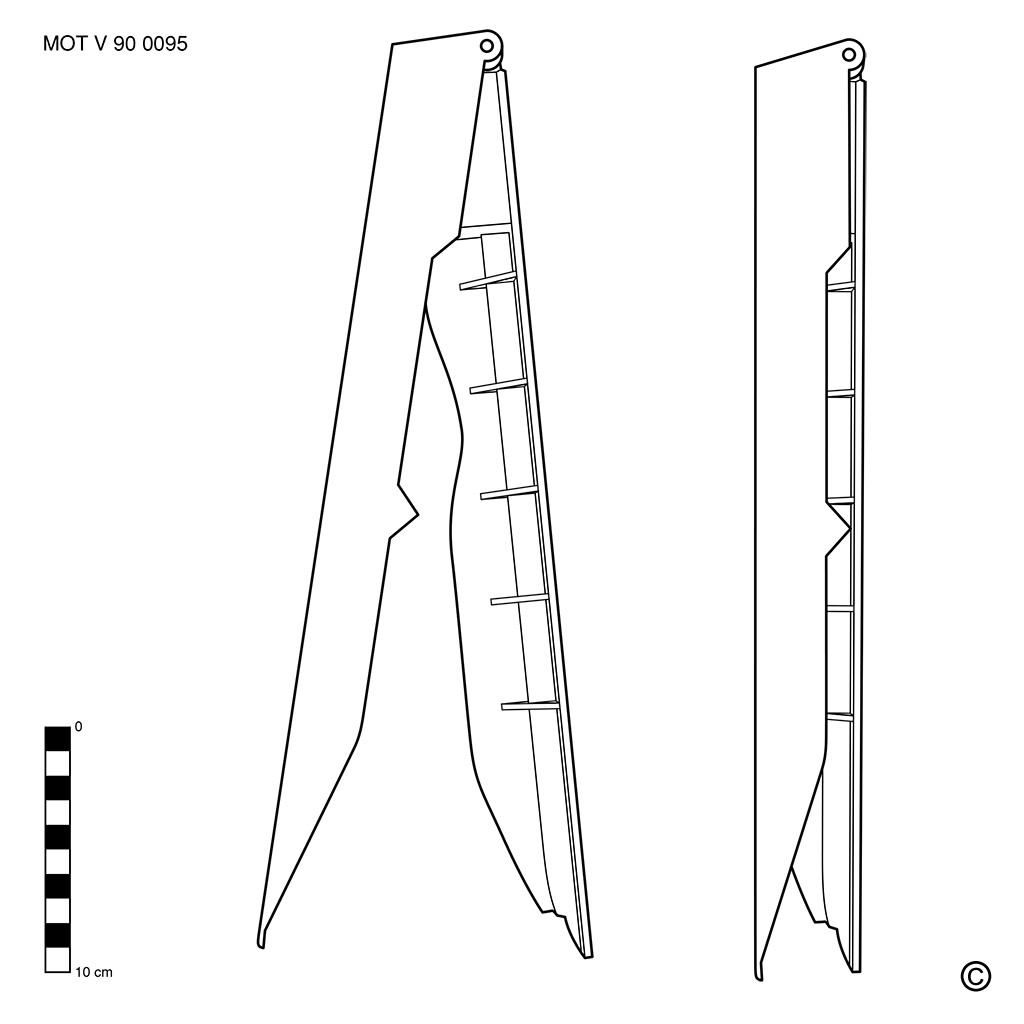
???
This text can only be consulted in Dutch
<https://www.mot.be/resource/Tool/277?lang=nl>
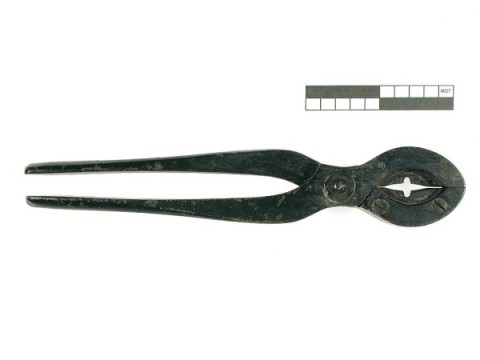
???
This text can only be consulted in Dutch
<https://www.mot.be/resource/Tool/260?lang=nl>
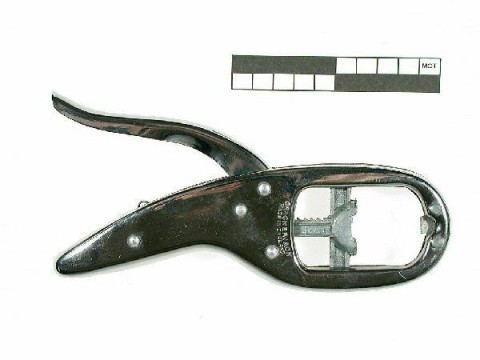
???
This text can only be consulted in Dutch
<https://www.mot.be/resource/Tool/280?lang=nl>
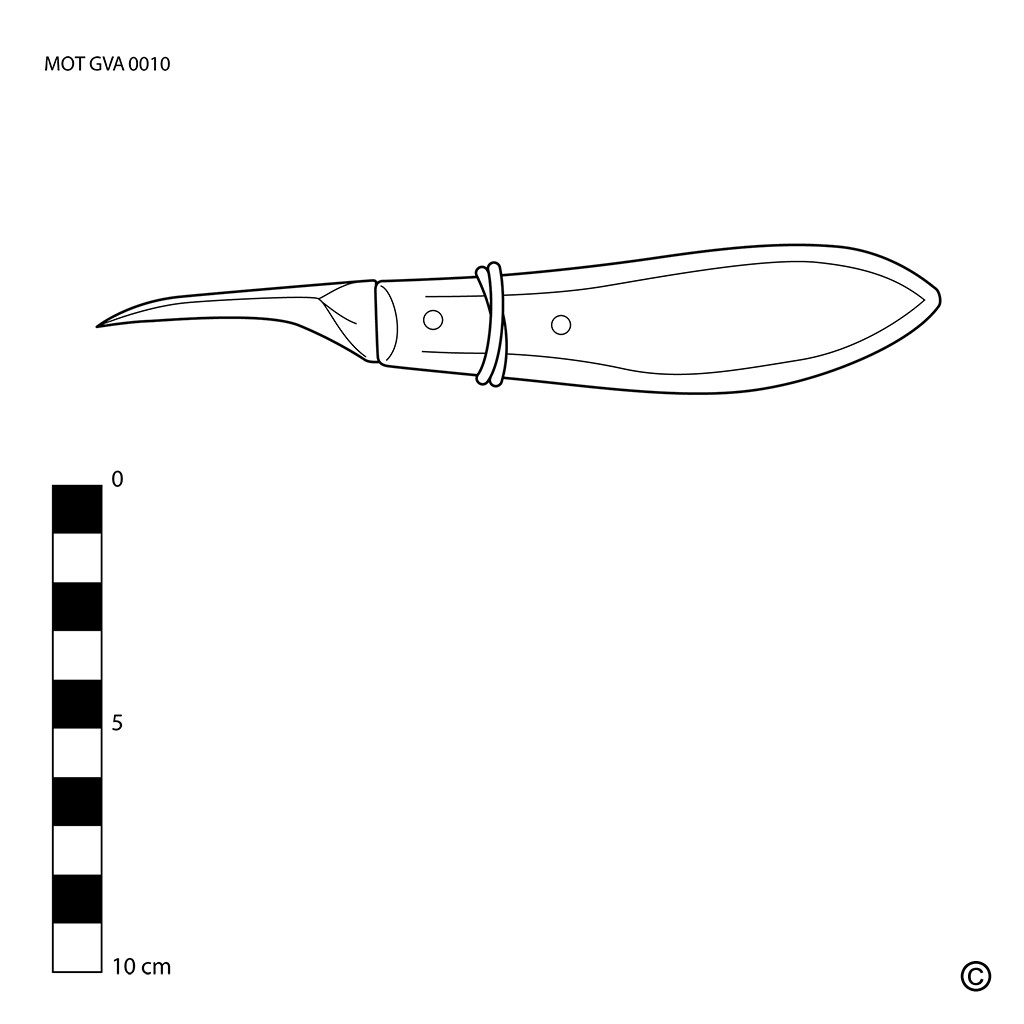
???
This text can only be consulted in Dutch
<https://www.mot.be/resource/Tool/27?lang=nl>
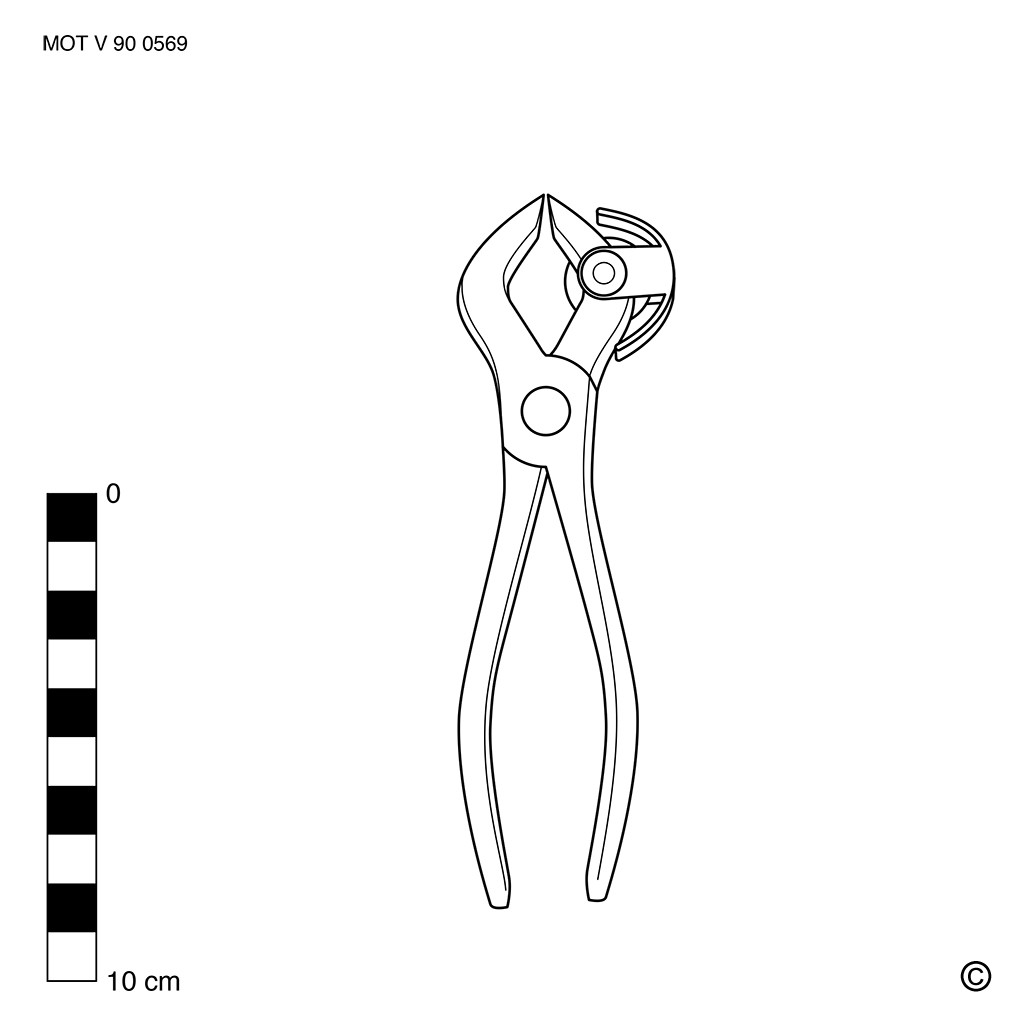
???
This text can only be consulted in Dutch
<https://www.mot.be/resource/Tool/318?lang=nl>
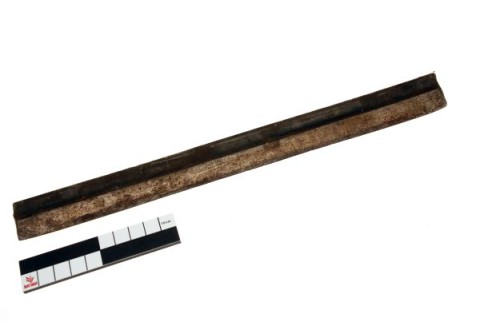
???
This mason's tool is an elongated wedge-shaped iron with a sharp edge that
the mason uses to cut bricks to size by hitting it with brick hammer. Often
the man clamps the stone between his knees (1). The tool is very similar to
the farrier's toe knife. [MOT]
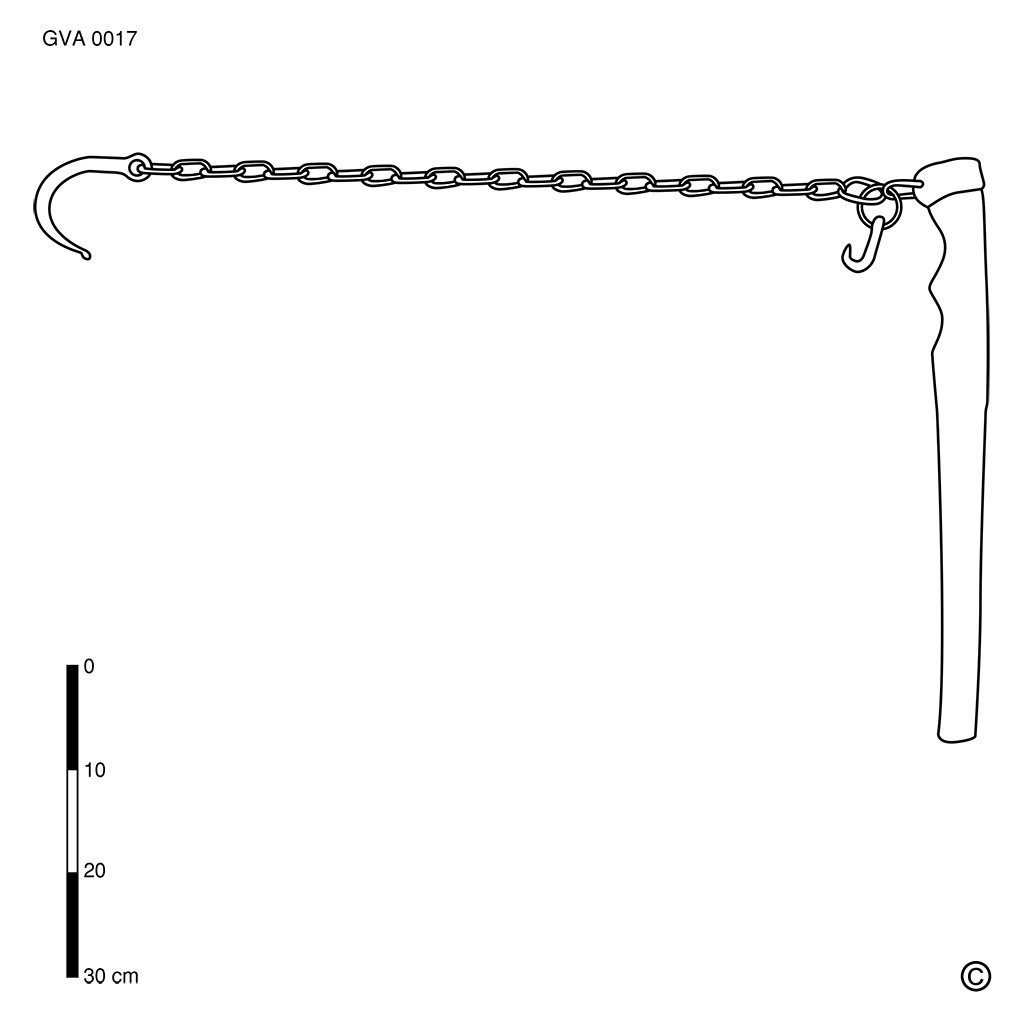
???
This text can only be consulted in Dutch
<https://www.mot.be/resource/Tool/325?lang=nl>
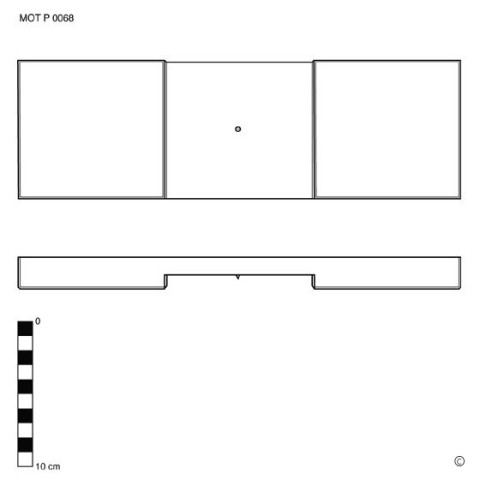
???
This text can only be consulted in Dutch
<https://www.mot.be/resource/Tool/365?lang=nl>
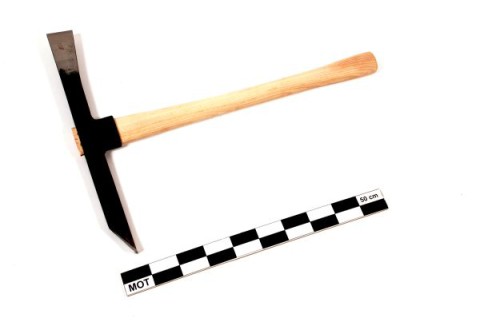
???
This text can only be consulted in Dutch
<https://www.mot.be/resource/Tool/341?lang=nl>
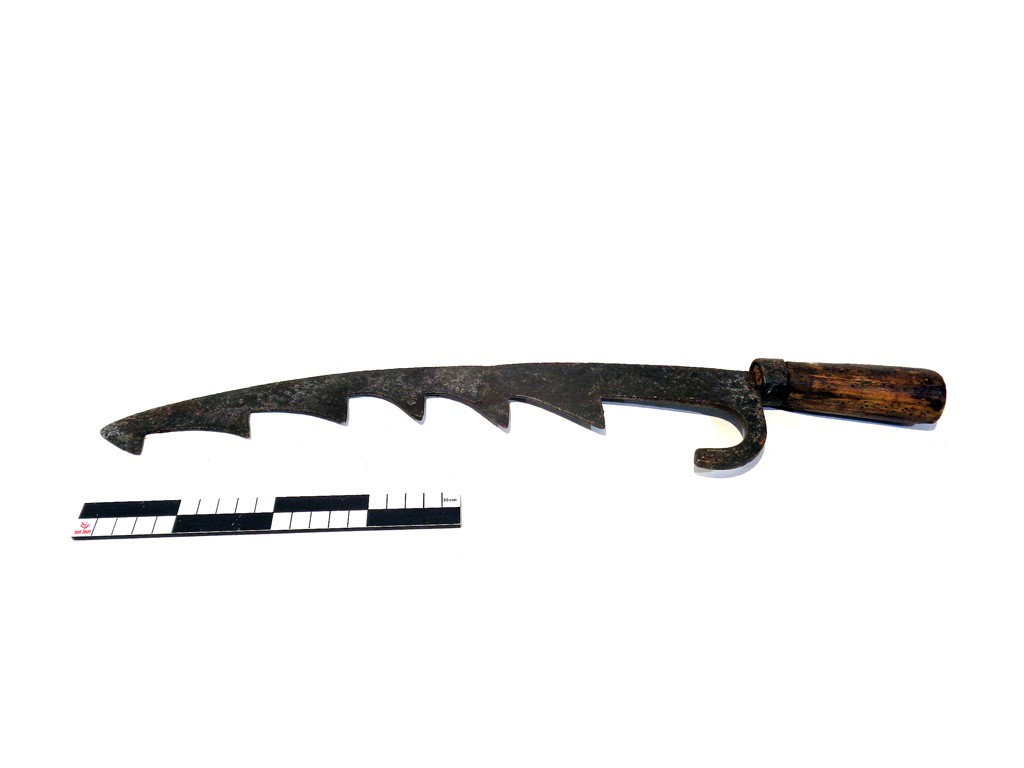
???
This text can only be consulted in Dutch
<https://www.mot.be/resource/Tool/356?lang=nl>
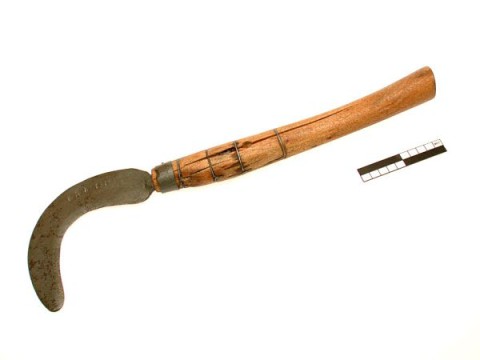
???
This text can only be consulted in Dutch
<https://www.mot.be/resource/Tool/1207?lang=nl>
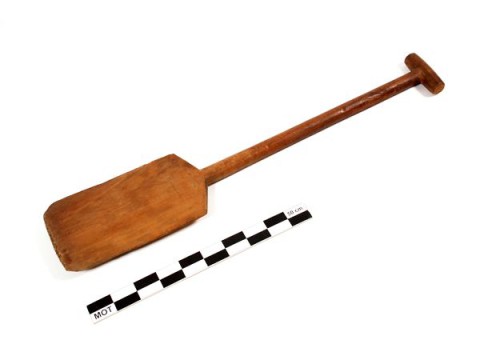
???
This text can only be consulted in Dutch
<https://www.mot.be/resource/Tool/1148?lang=nl>
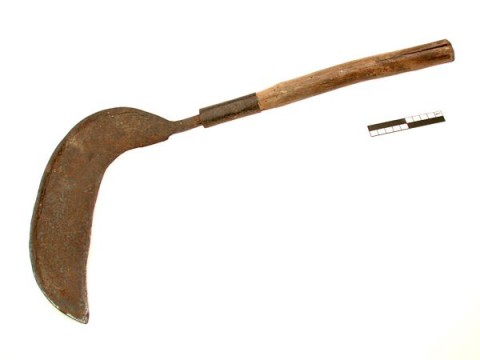
???
This text can only be consulted in Dutch
<https://www.mot.be/resource/Tool/1204?lang=nl>
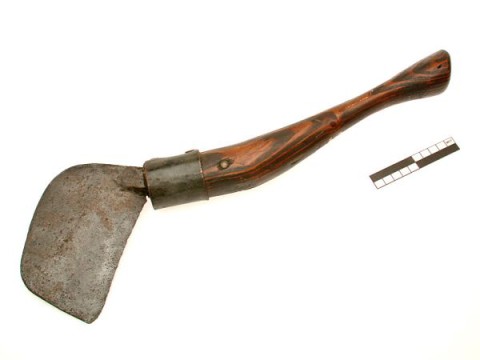
???
This text can only be consulted in Dutch
<https://www.mot.be/resource/Tool/1205?lang=nl>
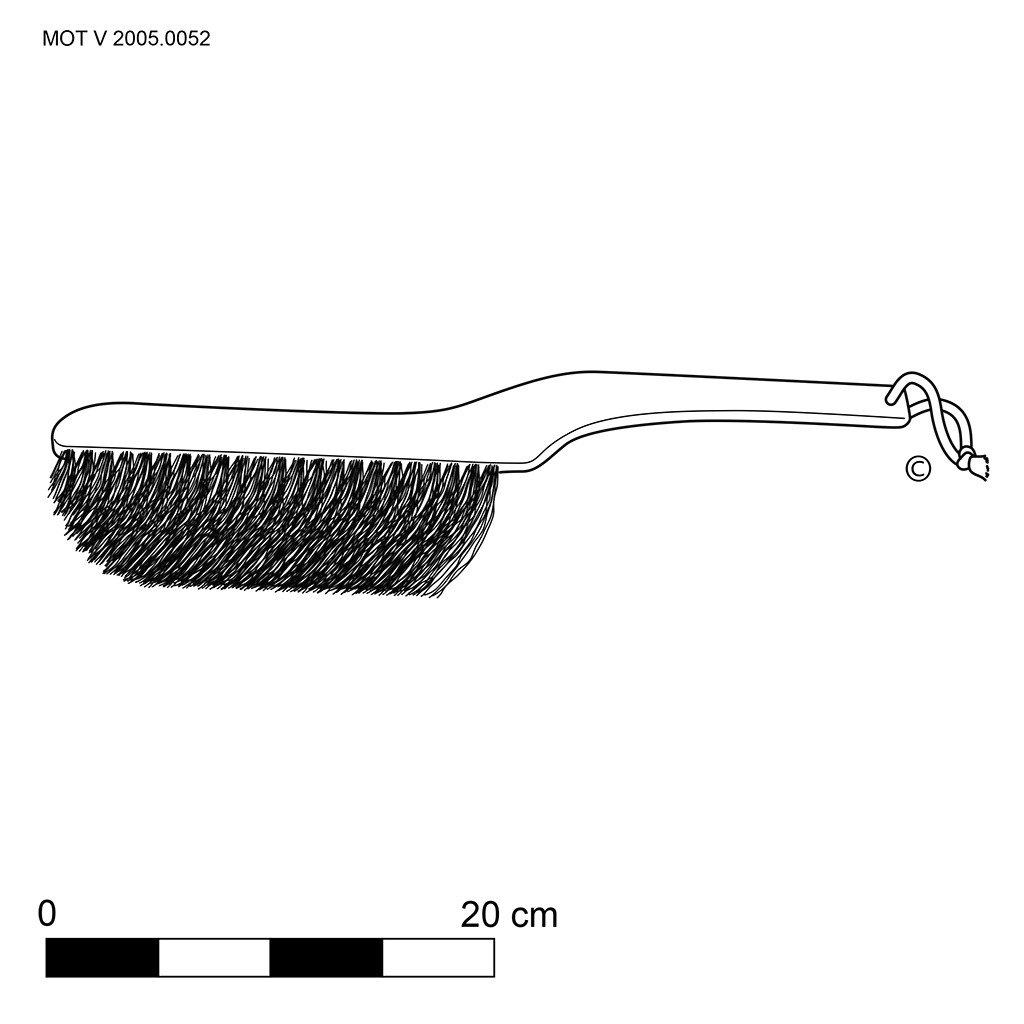
???
This text can only be consulted in Dutch
<https://www.mot.be/resource/Tool/1210?lang=nl>
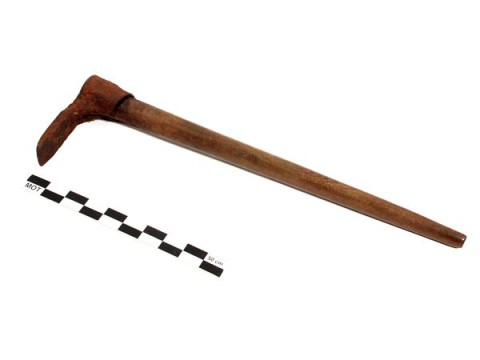
???
This text can only be consulted in Dutch
<https://www.mot.be/resource/Tool/1150?lang=nl>
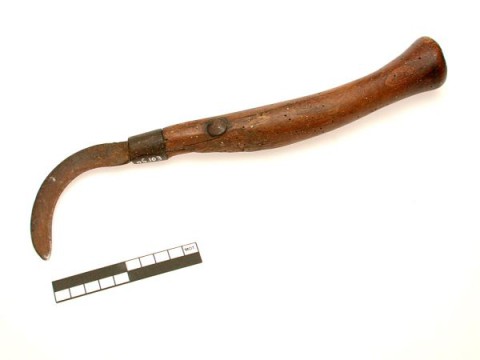
???
This text can only be consulted in Dutch
<https://www.mot.be/resource/Tool/1206?lang=nl>
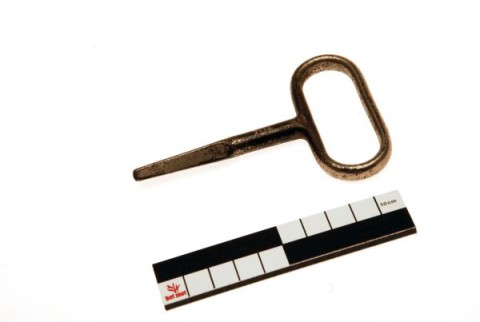
???
This cabinet wrench is a three or square, narrowing Exagonal key, sometimes
combined with one or more socket wrench(es), also with a screwdriver, with
which doors and locks of cabinets etc. in carriages or ships can be opened
or tightened. Construction workers such as the locksmith, carpenter and
painter sometimes use a this wrench when there is no door handle in the
lock, eg on a construction site. There are foldable models. The wrench also
comes as part of a folding knife for construction workers. [MOT]
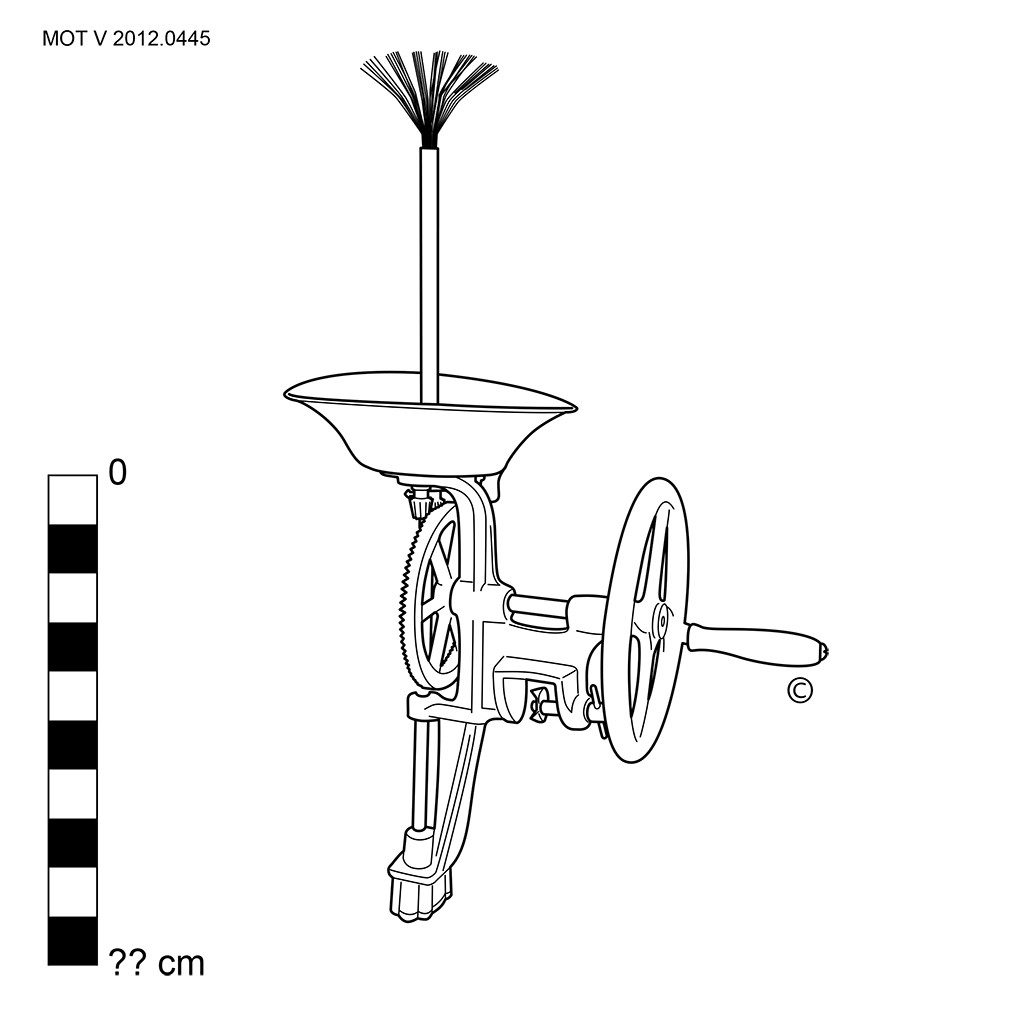
???
This text can only be consulted in Dutch
<https://www.mot.be/resource/Tool/1223?lang=nl>
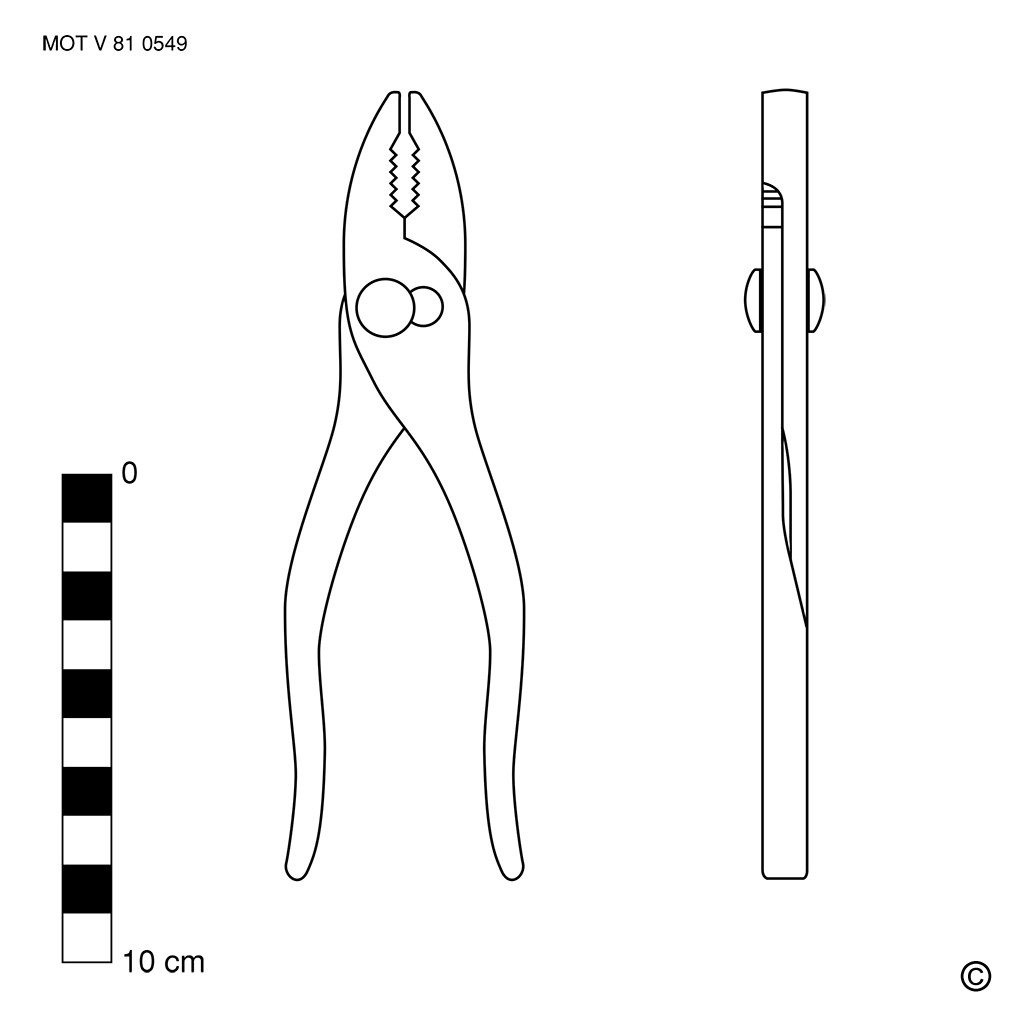
???
These automotive pliers allow you to hold, tighten or loosen something. One
of the arms can be moved sideways to obtain a larger opening width. These
pliers are often in the tool bag in the car. [MOT]
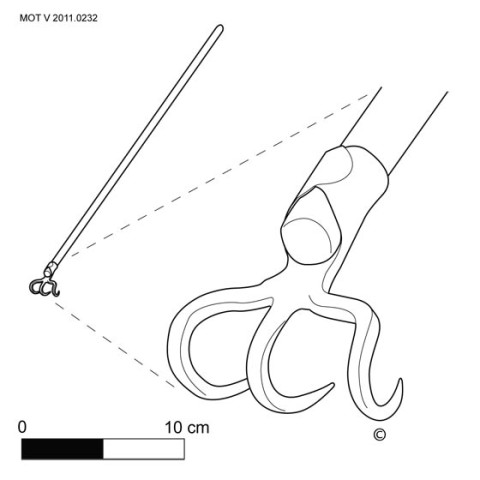
???
This text can only be consulted in Dutch
<https://www.mot.be/resource/Tool/1239?lang=nl>
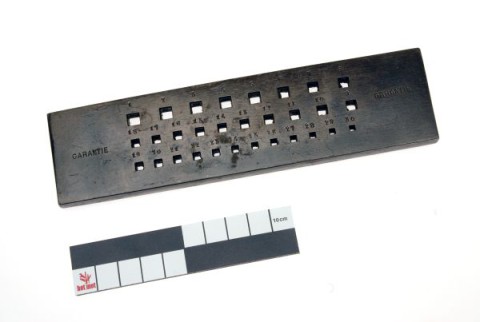
???
This text can only be consulted in Dutch
<https://www.mot.be/resource/Tool/1228?lang=nl>
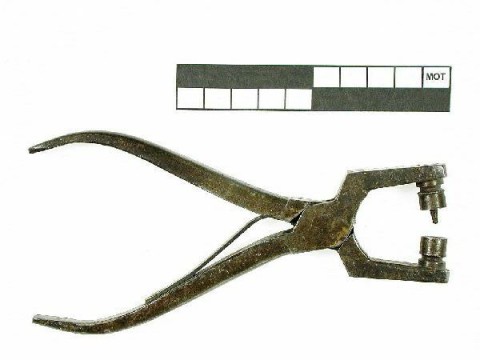
???
This text can only be consulted in Dutch
<https://www.mot.be/resource/Tool/207?lang=nl>
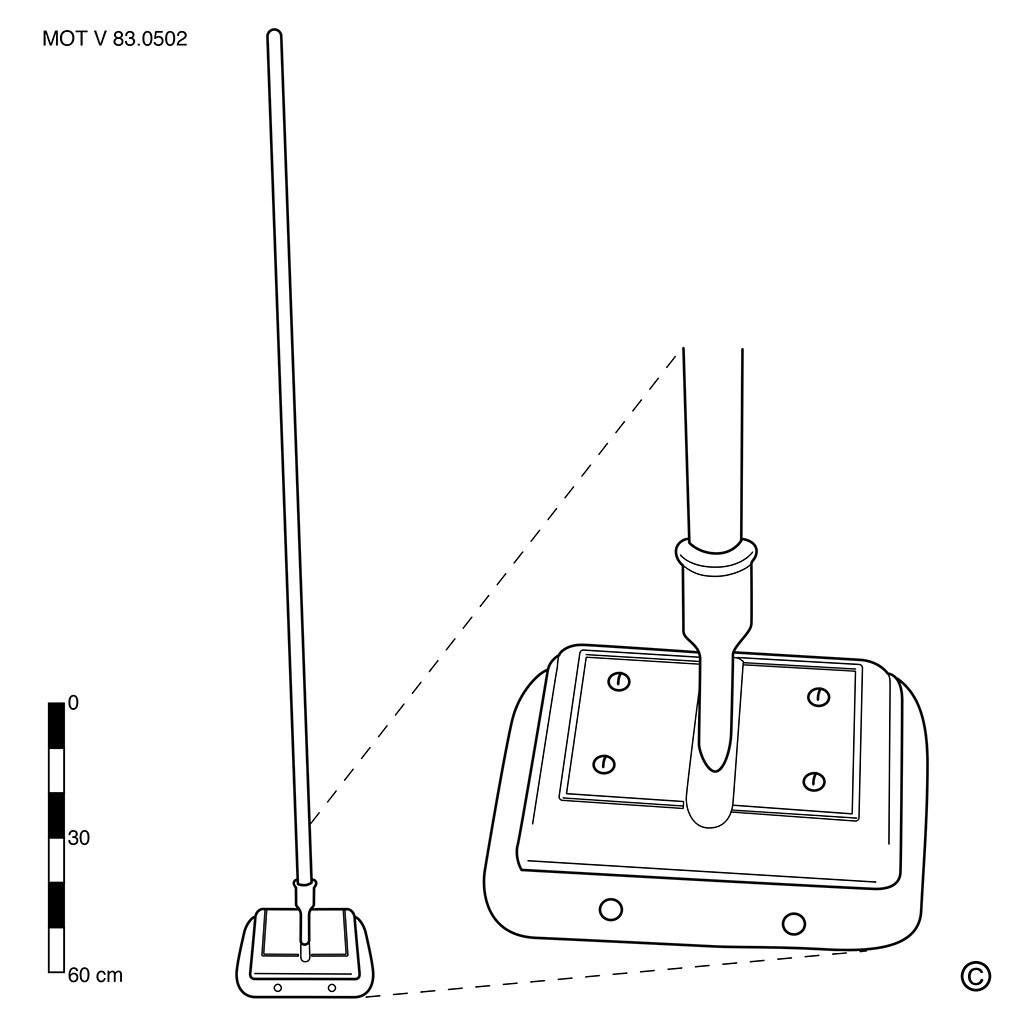
???
A polishing brush is used to polish parquet floors. This is a short-haired
brush that is located under a metal, rectangular plate that is attached to
a long (approx. 1.30 m), wooden or metal handle. When the wax-rubbed
parquet floor is almost dry, it is rubbed on with a polishing brush until
it is nice and shiny. [MOT]
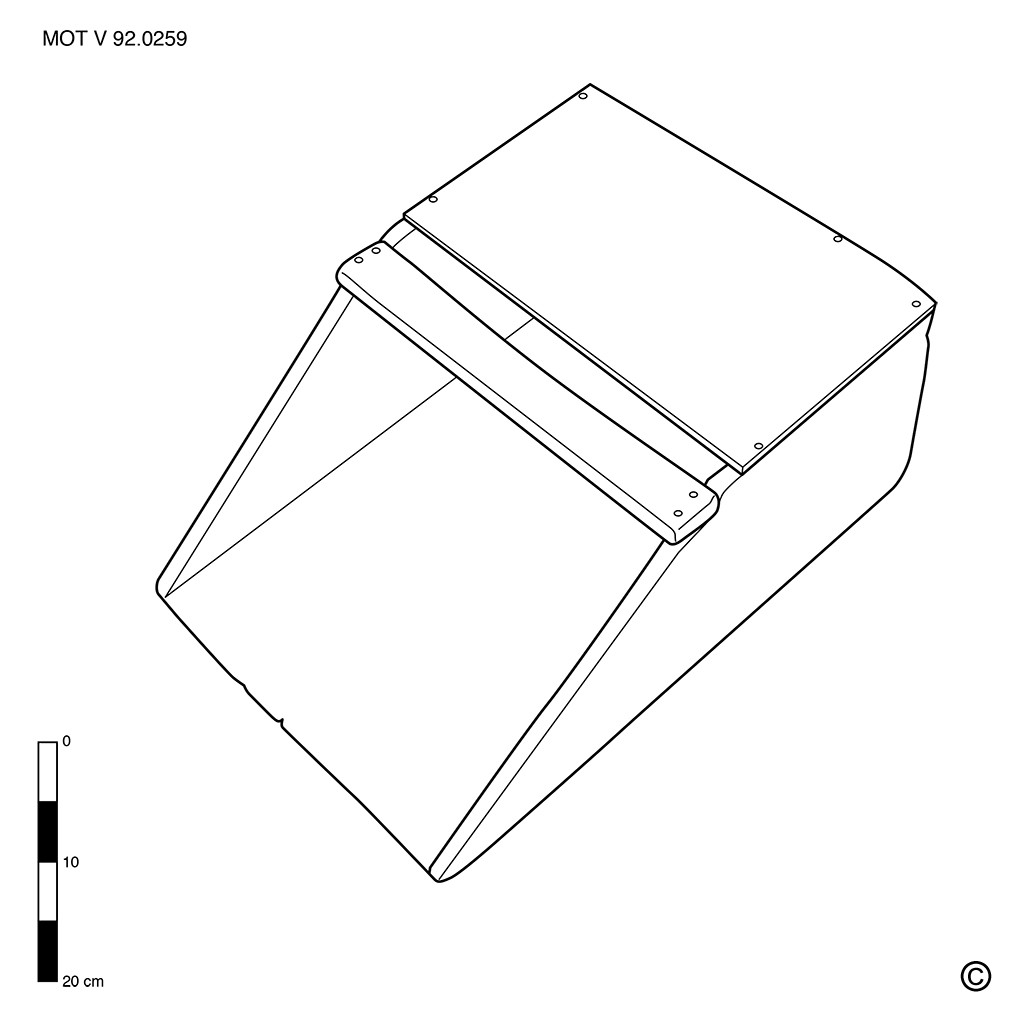
???
Wooden tool to scoop grain. See also the grain shovel.
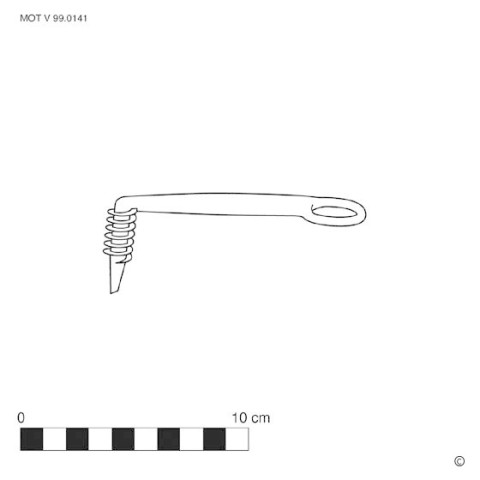
???
This text can only be consulted in Dutch
<https://www.mot.be/resource/Tool/582?lang=nl>
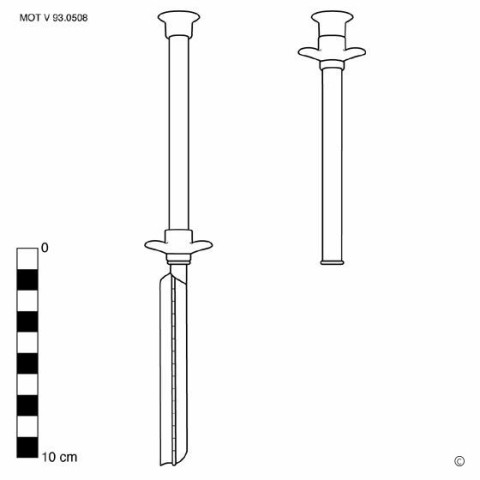
???
The cigarette filler is a manual tool with which one can fill empty filter
cigarettes with tobacco. It is an elongated (approx. 10 cm long) metal
cylinder (approx. 1 cm in diameter) with an extendable tube that can be
opened and filled with tobacco. Once filled it is closed and an empty
cigarette case is slid over it. When the tube is pushed back into the
cylinder - where there is a plate that acts as a tamper at the bottom end -
the tobacco ends up in the cigarette case. More modern models are made of
plastic. This tool is to be distinguished from a pill dispenser. [MOT]
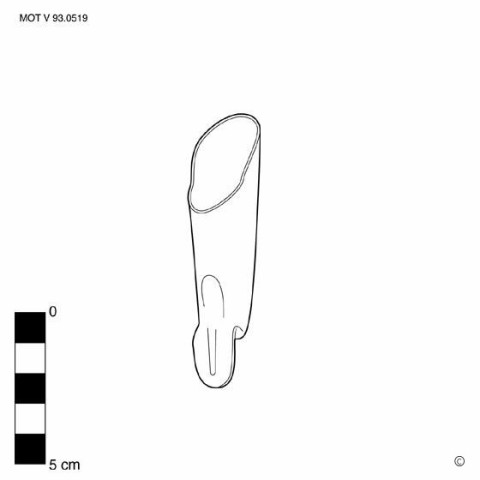
???
This weeding finger cot is a metal sleeve (approx. 10 cm long) with a
rounded plate at the bottom. It can be slid over the index finger to remove
weeds and moss. It is especially suitable for working between tiles and
stones or when there is little space between the plants. See also the
gardener's moss scraper. [MOT]
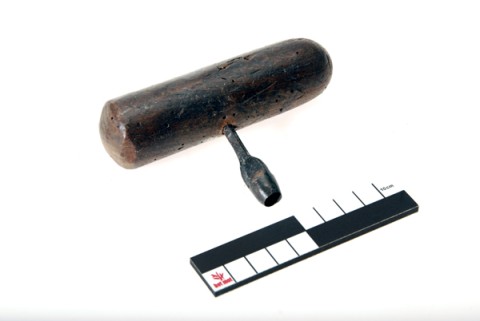
???
This bit consists of a metal pipe (diameter approx. 0.5-1 cm) - sharp on
one end and with a handle or a crank on the other end - to cut circles,
hearts, etc. as decoration on the clogs. It is pushed onto the clog, never
beaten like the leatherworker's punch. [MOT]
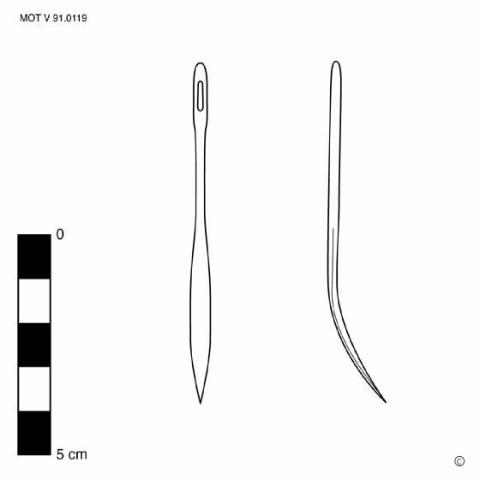
???
This text can only be consulted in Dutch
<https://www.mot.be/resource/Tool/780?lang=nl>
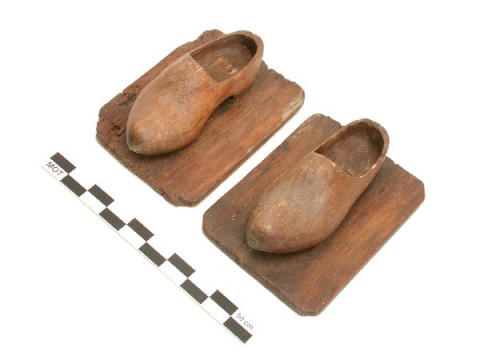
???
Clogs that are nailed to a shelf (approx. 30 by 40 cm) and with which the
gardener tamps the soil after sowing. The clogs are sometimes replaced by a
shelf with straps that you fasten around your shoe; or fitted with ropes
held taut by hand (1).The peat-cutter uses such clogs to tamp the spread
wet dredge spoil to squeeze the water out before it is distributed with the
mud-marking iron.To walk on muddy surfaces, trips are attached under the
shoes or boots; there the aim is to increase support. [MOT](1) Eg.
CROMPVOETS & VINEYARD ep.2: 169.
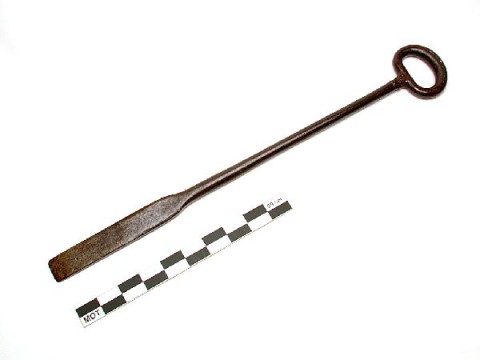
???
For more technical information about this iron hand tool of the osier
worker, see the dutch version of this page. For maintenance works, in
addition to a spade and an axe, the osier worker uses this iron tool to dig
up dead tree stumps by stabbing its thick roots and then pounding it
through the head of the stump, in order to be able to turn the latter on
its axis, until it has come loose from its roots.The tool is also used to
split tree stumps to make firewood. [MOT]
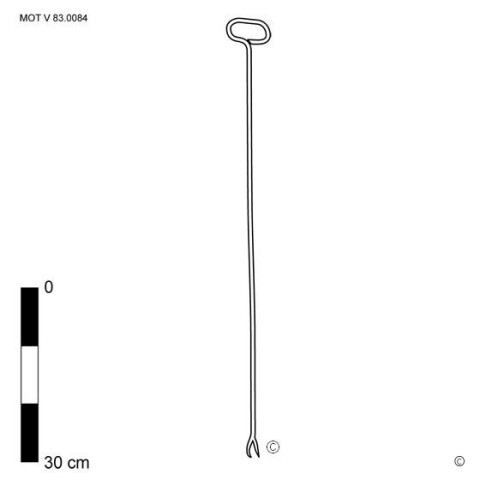
???
This text can only be consulted in Dutch
<https://www.mot.be/resource/Tool/1053?lang=nl>
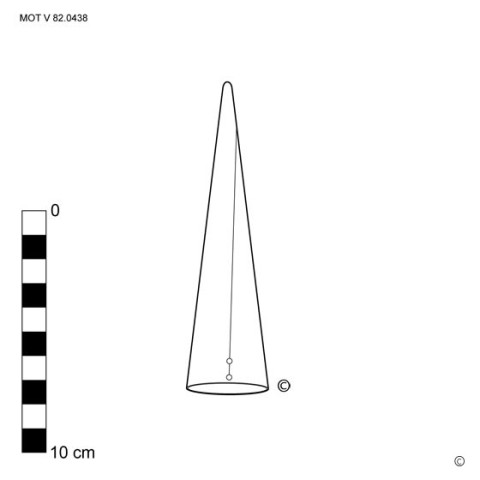
???
This text can only be consulted in Dutch
<https://www.mot.be/resource/Tool/1119?lang=nl>
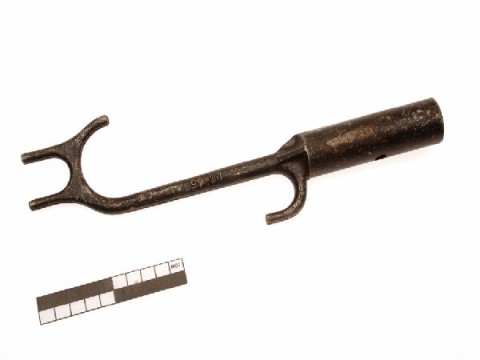
???
This text can only be consulted in Dutch
<https://www.mot.be/resource/Tool/1115?lang=nl>
